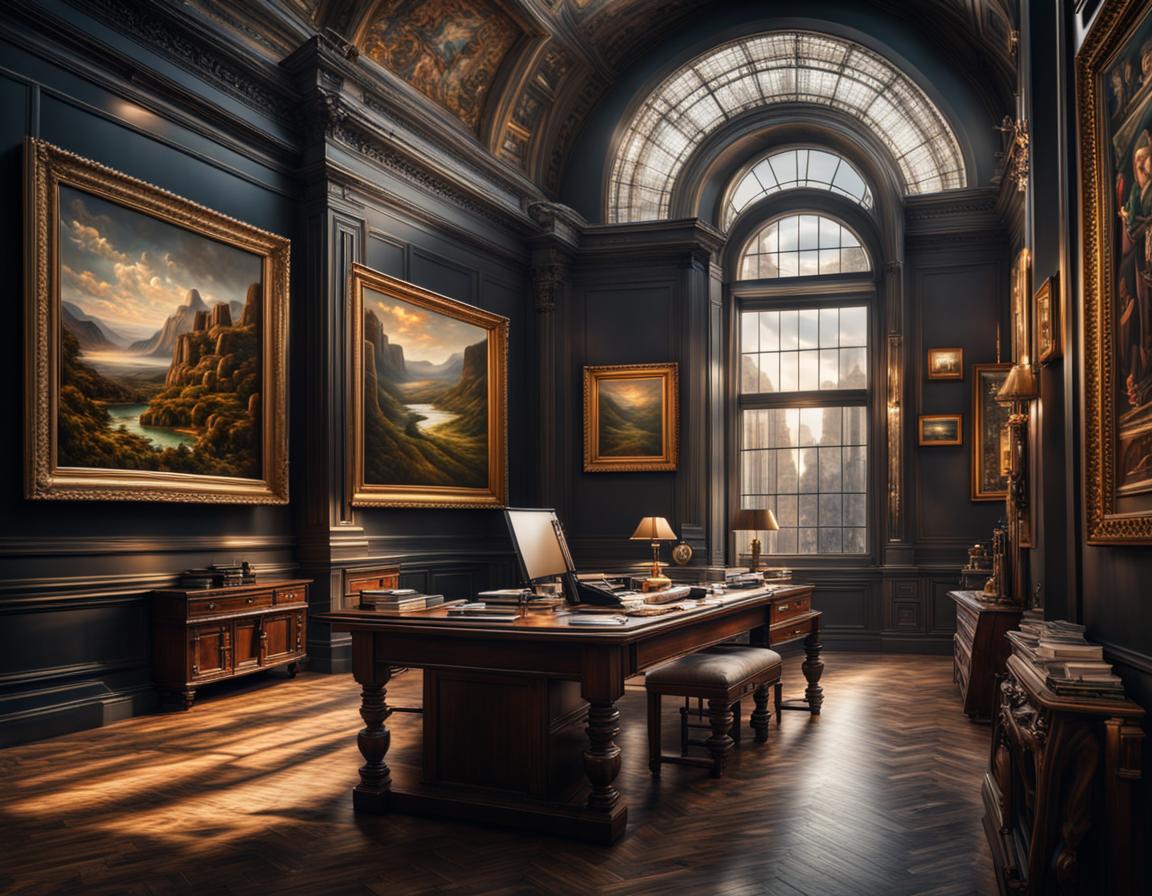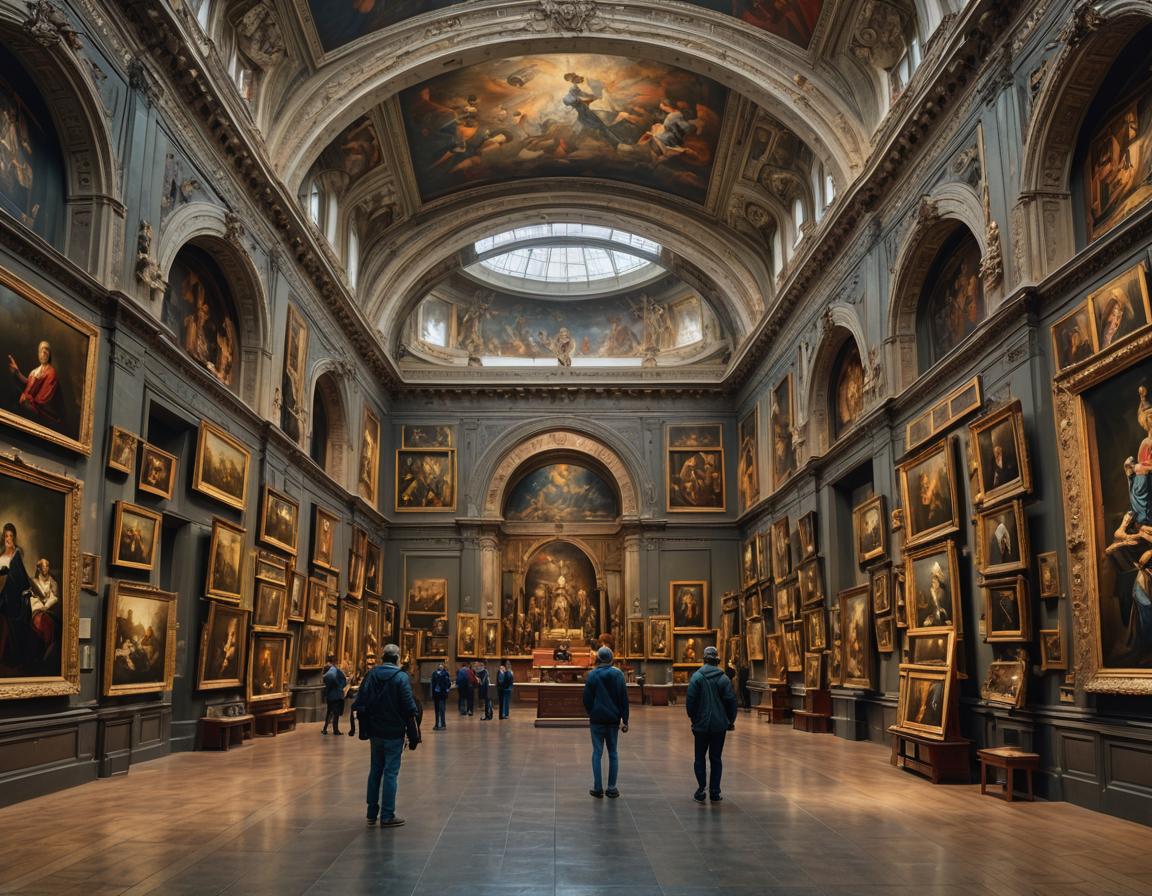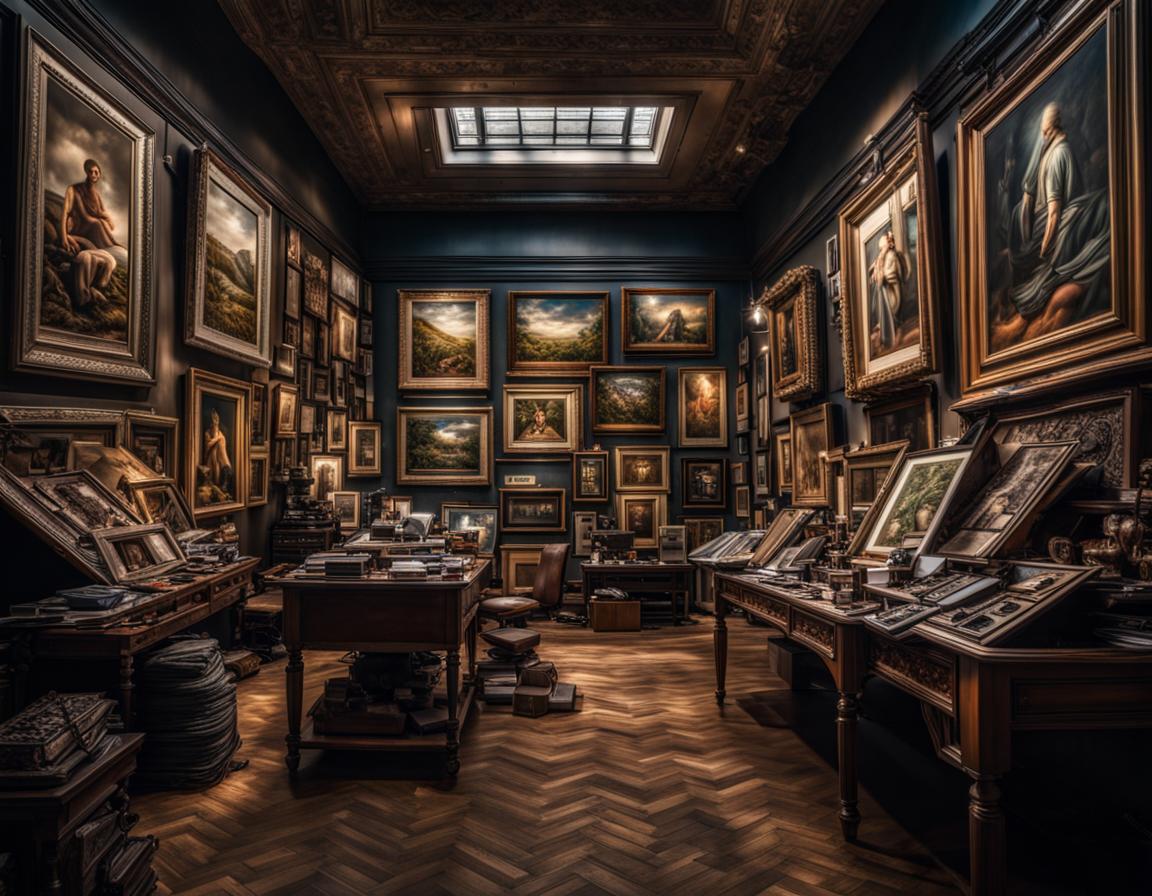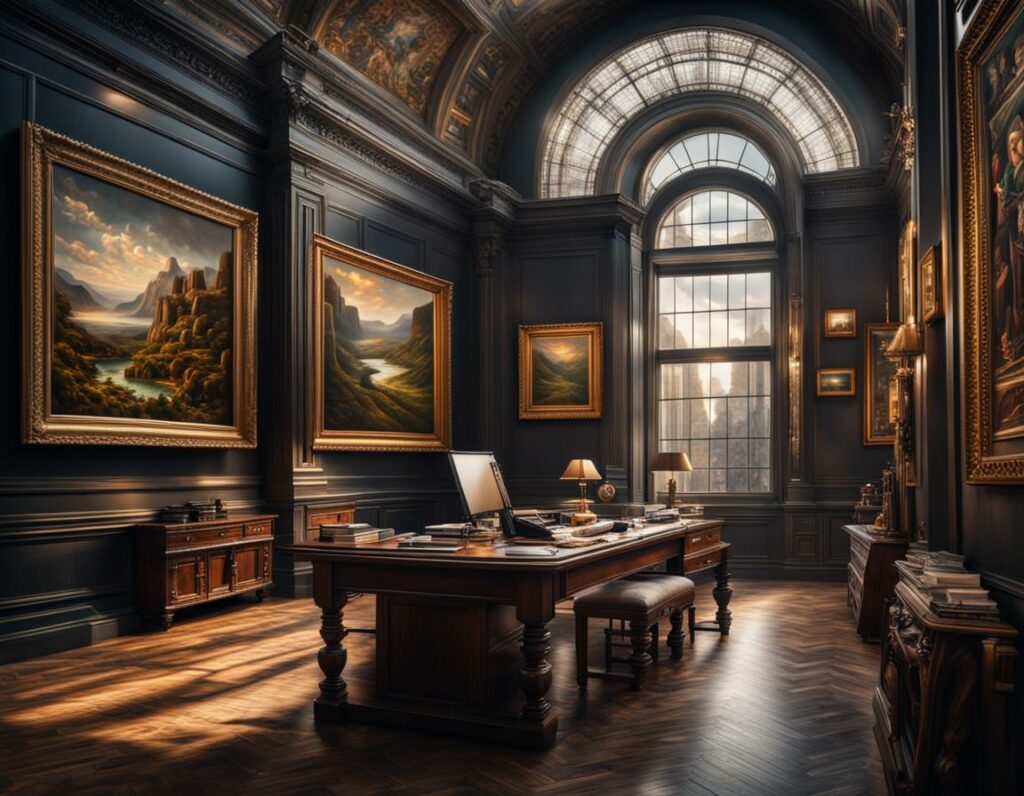
Introduction
The financialization of art refers to the increasing role of financial markets and financial instruments in the art world. This phenomenon has transformed the art market from a primarily cultural and aesthetic domain into a complex financial ecosystem where artworks are seen as investable assets. Nowadays, beyond having cultural and artistic values, art pieces are often viewed as a commodity- something to be bought, sold, and speculated upon. In this article, we will explore the strategies, risks and potential rewards associated with art as an investment.
The financialization of art
“The global art market totaled $67.8 billion in 2022, growing by 3% year-over-year and reaching its second-highest level to date, according to The Art Market 2023, authored by Dr. Clare McAndrew, Founder of Arts Economics and published by Art Basel in partnership with UBS “.
Art has gained recognition as an alternative investment class. Its potential for capital appreciation, diversification, and hedging against economic volatility has attracted multiple investors. These features can be respectively seen in the following facts:
- Generally speaking, the value of an art piece increases as time passes by. This idea can be explained in terms of:
- Scarcity. Many art pieces are unique or exist in limited editions. As time passes, the supply of these artworks can decrease due to factors such as loss, damage, or acquisition by collectors and museums, thereby increasing their rarity and value.
- Historical Context. Art often reflects the historical context in which it was created. Over time, artworks can become important historical artifacts, providing insights into the culture, events, and ideas of their era.
- Artistic Legacy. Some artists’ works gain prominence and influence over time, shaping the direction of art history. As these artists’ legacies grow, their earlier works can become more sought after by collectors and institutions.
- Collector Demand. The interests and tastes of art collectors can evolve, leading to increased demand for certain artists or styles. As demand rises, so does the market value of associated artworks.
- Art investment as an asset class provides diversification benefits. The idea that art pieces can be treated as commodities, has led to the creation of strategic investment vehicles designed to exploit the investment potential of the art market. One way in which these commodities are used to exploit their benefits is by means of investment funds, which collect capital from a multitude of investors to purchase art and art-backed securities, financial products backed by the value of art assets. These instruments provide investors with the opportunity to gain exposure to the art market without physically owning the artworks and have contributed to making the art industry a place accessible to small retail investors as well. As a consequence, the once illiquid market is now a more liquid (though still quite illiquid) one as these securities are tradable in the secondary markets. The interested reader can refer to our article (
- “The global art market totaled $67.8 billion in 2022, growing by 3% year-over-year and reaching its second-highest level to date, according to The Art Market 2023, authored by Dr. Clare McAndrew, Founder of Arts Economics and published by Art Basel in partnership with UBS “ (A focus on securitized products, the specific case of CLOs) to better understand how Asset Backed Securities work.
- Finally, art investments can be considered a safe haven during volatile times. Throughout history, art has maintained its value and relevance even during times of economic turbulence, wars, and geopolitical crises. This historical resilience lends confidence to art’s ability to weather economic storms. Moreover, analyses of the performance of art investments often exhibit a low or negative correlation with traditional financial assets like stocks and bonds. This means that art values generally do not move in tandem with broader financial markets. In other words, art investments can be compared with investments in other commodities such as precious metals, whose value is stable over time due to limited supply and their tangible nature.
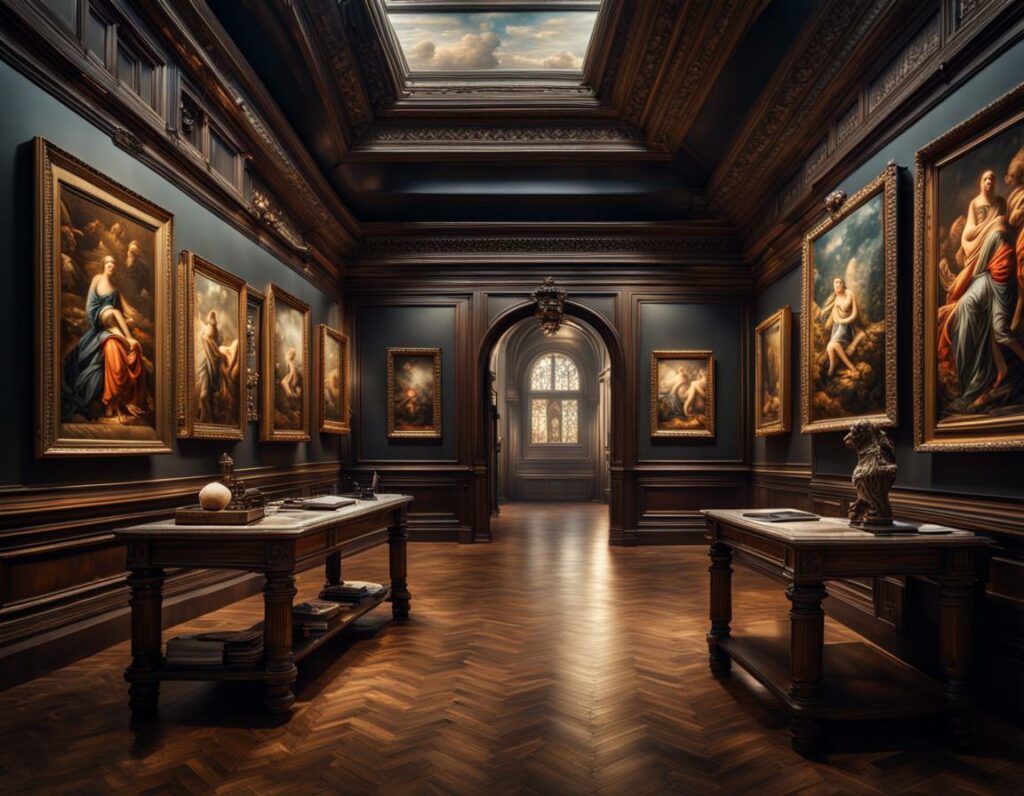
As for every other type of investment, art investments do carry some risks and drawbacks. First of all, the costs and fees of investing in art specialized investment funds are generally higher than those of more traditional investments. Moreover, art investments are exposed to liquidity risk, the idea that it may not be easy to buy or sell artworks quickly. Other crucial factors to consider are the counterfeit risk, where fake or forged pieces are presented as genuine, and the potential for loss or destruction which is directly linked to the nature of investments. The physical condition of an artwork can significantly impact its value. Artworks may require costly restoration or conservation efforts to maintain or increase their worth, adding an additional layer of risk and expense. In light of these considerations, safeguarding art investments requires secure storage and adequate insurance coverage, additional costs that need to be factored into the overall investment plan to ensure a comprehensive risk management strategy. Proper storage helps preserve the condition of artworks, while insurance provides financial protection against unforeseen events.
Conclusion
In conclusion, the financialization of art has transformed the art market into a dynamic arena where culture and finance intersect. While art investments offer various opportunities and rewards, they also come with associated risks that investors should carefully evaluate. A balanced approach that considers the potential benefits, costs, and risks is essential for those venturing into the world of art investments.
Join ThePlatform to have full access to all analysis and content: https://www.theplatform.finance/registration/
Disclaimer: https://www.theplatform.finance/website-disclaimer/

